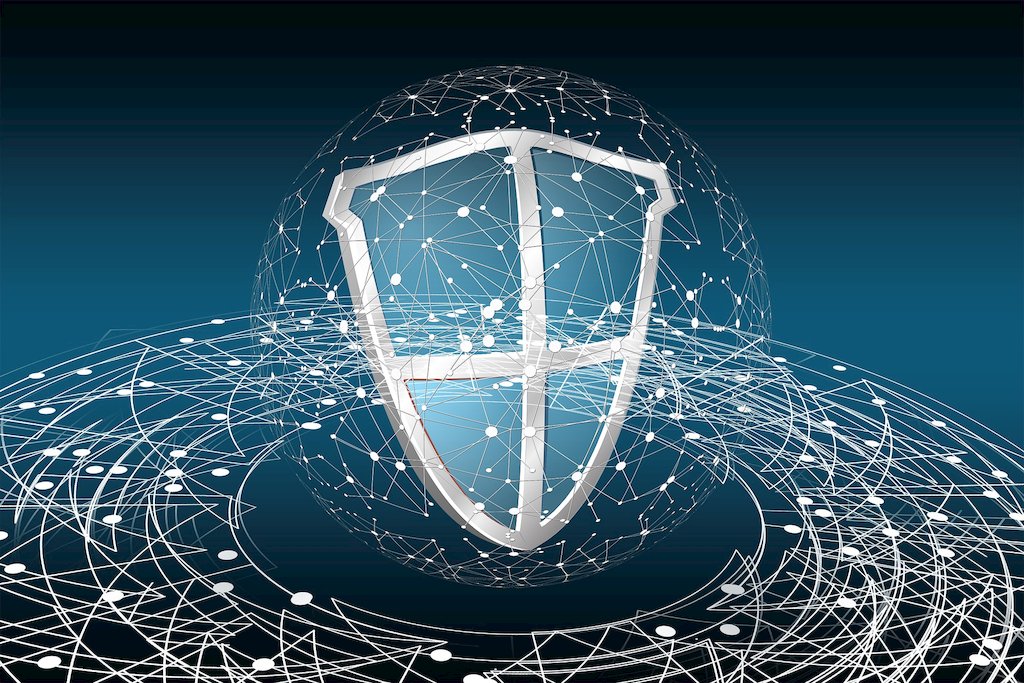Securing e-learning video content is critical for many reasons. Strong security measures are necessary to protect valuable intellectual property, maintain user privacy, and create a safe learning environment.
E-learning videos are often a target for unauthorized downloads and distribution. Many tools and methods are available for downloading them and sharing them without paying for them. Video piracy can cause substantial revenue loss. Securing them helps to protect your intellectual property and what you invest in creating your educational material.
E-learning platforms are increasingly subject to cyber threats which can disrupt learning and compromise sensitive data. A data breach has the potential to put user privacy at risk.
Secure video hosting can protect sensitive business information and the private and financial information of learners. They have more of a sense of security when they can actively participate in online courses without privacy concerns.

What is secure video hosting?
Using a public video hosting platform limits the control you have over your content, customization, and security. If you share corporate training videos or exclusive content for members you need to use a private platform that offers secure video hosting. This can prevent someone from slightly modifying an online course, giving it a new name, and marketing it as their own product.
Private video hosting
A private video hosting platform offers you total ownership and control over your video content and branding. It also prioritizes the security of your video content. It uses security measures like encryption to prevent piracy, data leakage, and unauthorized access.
Encryption
Encrypting videos in transit and while at rest (stored on servers) makes content unreadable to unauthorized parties. At its most basic level, it uses mathematical models to scramble data. Only authorized parties who have the key can decipher the code.
Access control
A secure video hosting platform allows you to restrict access to videos. You can base access on user roles and permissions. This means only authorized individuals can view specific content.
Digital Rights Management (DRM)
Video DRM systems prevent or limit actions such as copying, sharing, or altering video content. For example, dynamic watermarking embeds a unique code within each video, linking it to a specific viewer. This makes it harder to copy or distribute illegally.
DRM video protection can make video security extra strong on mobile apps. It can prevent screen capture tools from working. Screengrabs of your video assets may provide access to details about your business structure and the software you use.
Cincopa’s private video hosting platform gives you control over your video assets, It allows you to use your logo and brand colors on your video player and has strong security measures such as encryption, access control, and Digital Rights Management (DRM).
Top security features you need for e-learning videos
Password protection and strong user authentication are two essential features for e-learning videos. Strong passwords prove the identity of users to give them access. They should consist of a combination of upper- and lower-case letters, numbers, and special symbols. With two-factor authentication users need to verify their identities through an additional measure such as a code sent to their phone.
Track login IPs and locations to identify suspicious activity. For example, you may detect multiple logins from different locations.
Implement user permissions to control which users can access specific content or features. Role-based access only gives users access to video content they need to do their jobs.
Use domain restrictions to control exactly where users can access content. You can limit video embed codes to only load and play on your domain. This means hackers can’t copy your embed code and use it to view a video on their domains.
Use playback restrictions to limit the number of times users can play a video. You can also limit access for many devices to an account at the same time. Restrictions like these help to prevent unauthorized sharing of user credentials.
Use Single Sign-On (SSO) so users can access various e-learning platforms with a single set of credentials. This simplifies the login process and improves security.
Set expiration dates for users who only need to access certain video content for a limited period.
The Cincopa video hosting platform offers features like encryption, two-factor authentication, DRM, and access control. It also offers video messaging which allows for secure communication in an e-learning environment.
How secure hosting supports compliance and trust
Many regions have regulations about protecting intellectual property and personal data. When you use a secure video hosting platform with e-learning content protection it helps you to comply with data regulations such as GDPR, HIPAA, and FERPA.
Security incidents can cause significant reputational damage to an educational institution or online platform. When learners know the learning environment is a secure one, they feel more confident. A strong security posture reassures them and protects the reputation of your e-learning platform.

Best practices for securing your e-learning video library
1. Create a central video library
When using a video hosting platform, you should be able to engage in secure live streaming of videos. Secure streaming protocols prevent eavesdropping during video playback. The video hosting platform should also allow you to offer video-on-demand (VOD) in a video library. You should be able to upload and manage all your e-learning videos in one central location.
A central video library not only gives learners easier access to videos but also helps you to organize them in a way that suits your business. This gives you greater visibility and control over your valuable video assets. You can organize your videos and decide who has access to what content with permission settings.
2. Securely embed videos
The video hosting platform you use should make it easy to embed videos securely on your LMS. The platform should integrate easily with your specific LMS. The connection between the two should be seamless and secure to create a safe learning environment and a good user experience.
3. Use video analytics
Video analytics can help you to detect unusual video access patterns. This may be repeated downloads of a specific video or multiple logins from different locations over a short time period. By tracking video usage patterns, you may be able to identify the sharing of a video outside of your intended audience and other anomalies.
Understanding how learners access and use e-learning videos can help you to improve security. When you can identify potential security issues early on, you can take proactive steps to protect your content. You may remove access to an authorized viewer or implement stricter security protocols such as two-factor authentication.
On the Cincopa platform, you can easily create your own custom-branded video library that lives on your website. With secure LMS integration you can embed videos with ease. A content delivery network (CDN) ensures fast content delivery to users regardless of their location.
The Cincopa video hosting platform also offers advanced analytics, including graphs and heatmaps. You can understand more about how learners access and use e-learning videos. You can also see where views come from and view detailed statistics for each video asset. The more you understand about viewer behavior and video performance, the easier you are able to identify what’s out of the ordinary. This allows you to take a more proactive approach to security.
Conclusion
To protect e-learning content you need to use a secure video hosting platform. It will provide you with the security measures you need to protect your intellectual property and the private and confidential information of learners. Cincopa’s secure hosting platform will help you to provide a safe and secure learning environment. Go to the home page and sign up for a free trial so you can see how it handles all the technical aspects of storing, organizing, securing, and distributing your e-learning videos.









